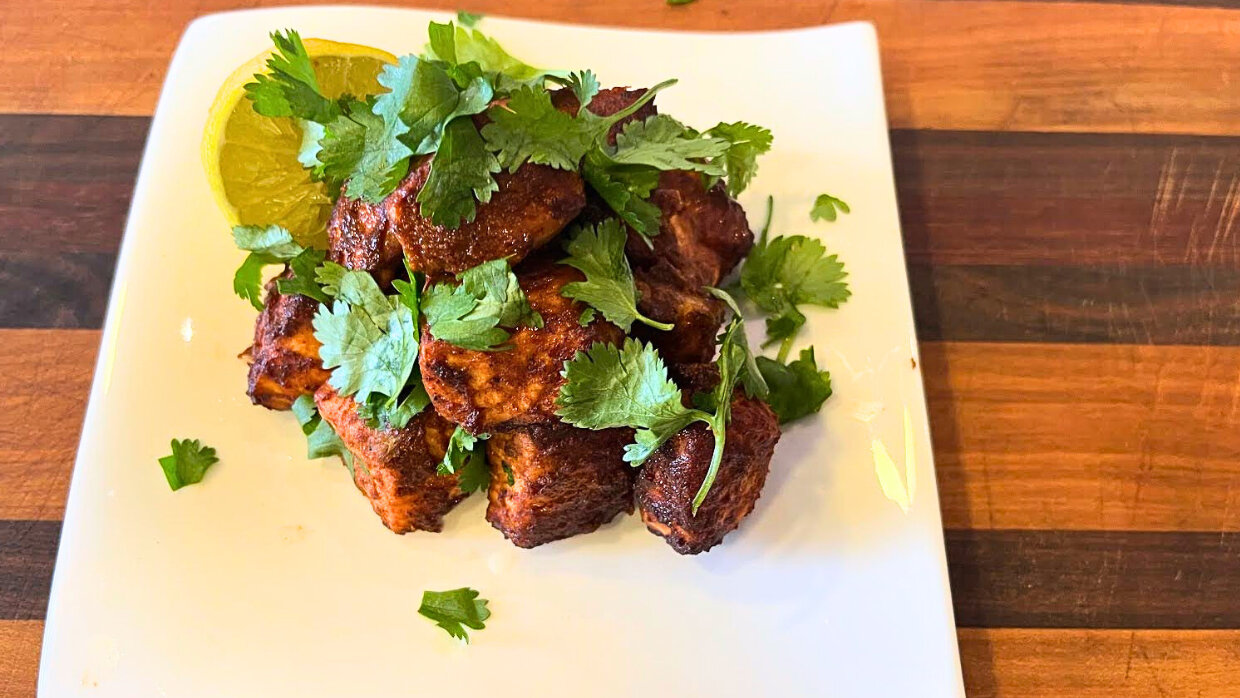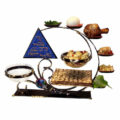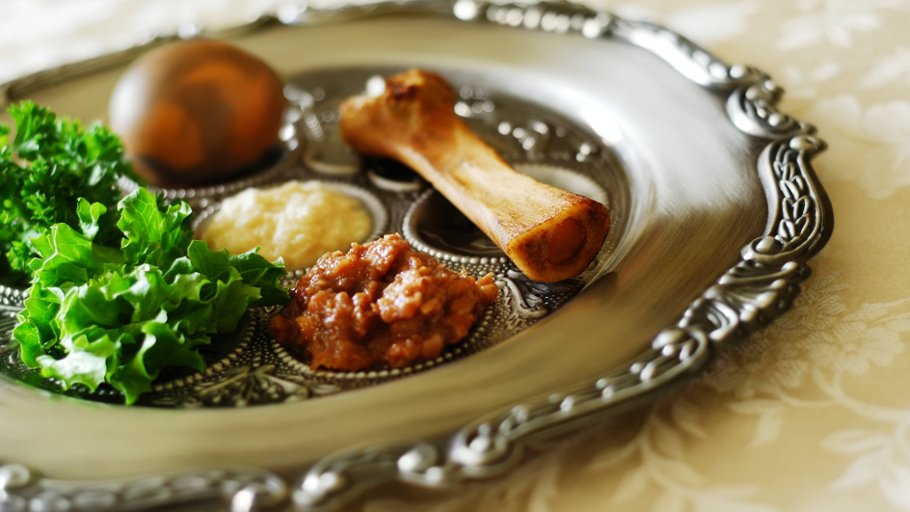Bagels and lox are a classic Jewish pairing. But who thought of the magical combination of smoked salmon and bagels? And how did it become so synonymous with New York Jewry?
Humble Beginnings
Bagels and lox for breakfast have practically become a religious ritual in New York, but it didn't start out that way. Despite being one of the most iconic New York foods, Lox was first invented halfway across the world. In the 19th-century, Scandinavian fishermen needed to find creative ways to preserve their catches. Their idea - using saltwater brine to preserve their fish.
You may be wondering, how could the poor Jews in Eastern European shtetls afford expensive smoked salmon? Claudia Roden clears up this misconception in “The Book of Jewish Food”. She says, "There is no evidence that the Jews of Eastern Europe ate it in the shtetls. The widespread availability and interest in lox did not come about until Eastern European Jews arrived in America in the late 19th and early 20th centuries."
The American Dream
The story of how lox made its way to America is even more interesting. The preservation technique the Scandinavian fishermen pioneered made a ton of sense for early 20th century New York City, which wasn’t originally the burgeoning metropolis we're familiar with today. Most homes didn’t have refrigerators, and ice was hard to come by. Since the saltwater brining required for lox minimized the need for refrigeration, which was an essential quality for the Jews in New York during the first big waves of immigration, it became a delicacy.
Eggs Benedict and Bagels & Lox
Eggs Benedict was a gimmicky cultural phenomenon in 1930s New York, much like today's cronut or pizza cone. Legend has it that Eggs Benedict got its name from an odd request by a hungover Wall Street broker.
In 1894, in the Waldorf Hotel in New York, Lemuel Benedict ordered two poached eggs on top of buttered toast and crispy bacon with a heaping spoon of hollandaise sauce to top it all off. Oscar Tschirky, the Waldorf’s Head Chef at the time, loved it and made it a staple of his menu.
Similar to how Jews invented the idea of Hanukkah gifts as a way to tame their jealousy of their peers' Christmas gifts, the Jews wanted a piece of the eggs benedict action as well. Their solution was to emulate a Kosher version of the brunch treat. They swapped out the toast for bagels, and then cream cheese and lox replaced the creamy hollandaise sauce and salty bacon, all to make their own makeshift kosher Eggs Benedict.
According to Jewish culinary historian, Gil Marks, this new creation was entirely unique to New York Jews. For example, Jewish communities in Poland had traditionally spread schmaltz on their bagels, or eaten them with cholent or other various soups and treated it as a dinner roll.
By now, bagels and lox have become such an iconic pairing they even have their own holiday - every year on February 9th!
Lox vs. Smoked Salmon
Nowadays, we use Lox and smoked salmon rather interchangeably, but there are huge differences in flavor and texture between the variations.
Lox generally refers to salmon that has been cured in salt, and it’s considered the OG version of preserved salmon. Lox was made from salmon from the Pacific Ocean that was hauled across the country in gigantic salt baths. And, of course, became a favorite of East Coast Jewish immigrants before a morning at synagogue or a long day of work.
Niki Russ Federman, the fourth-generation owner of an acclaimed New York store and restaurant specializing in smoked fish explains: "That the term 'bagel and lox' actually started with belly lox. It's so salty it needed the cream cheese to cut the salinity."
Smoked salmon however is exactly what it sounds like. Smoked salmon is made through a process in which the fish is exposed to smoke for an extended period of time giving it a meaty texture and ashy flavor. Smoked salmon can be prepared using hot smoke or cold smoke, the former giving it a flavor similar to cooked fish, and the latter the more common variation which has a smooth and silky texture and a strong salty taste. Additionally, cold-smoked salmon is usually sliced paper-thin.
While the origins of the respective ingredients may not be native to the states, the classic combination of bagels, lox and cream cheese? That's all American.
Bagels and Lox are the epitome of what New York is all about. New York is the melting pot of the world, where different cultures, cuisines, and cooking methods meet. It's where Jews came once they finally left the old country and dreamed of greener pastures. This American Dream can now be seen in every cross-section of every bagel and lox eaten in the world.
Want to make your own lox? Try our Mexican Style Gravlax with Cilantro and Tequila and our Pastrami Gravlax.

















